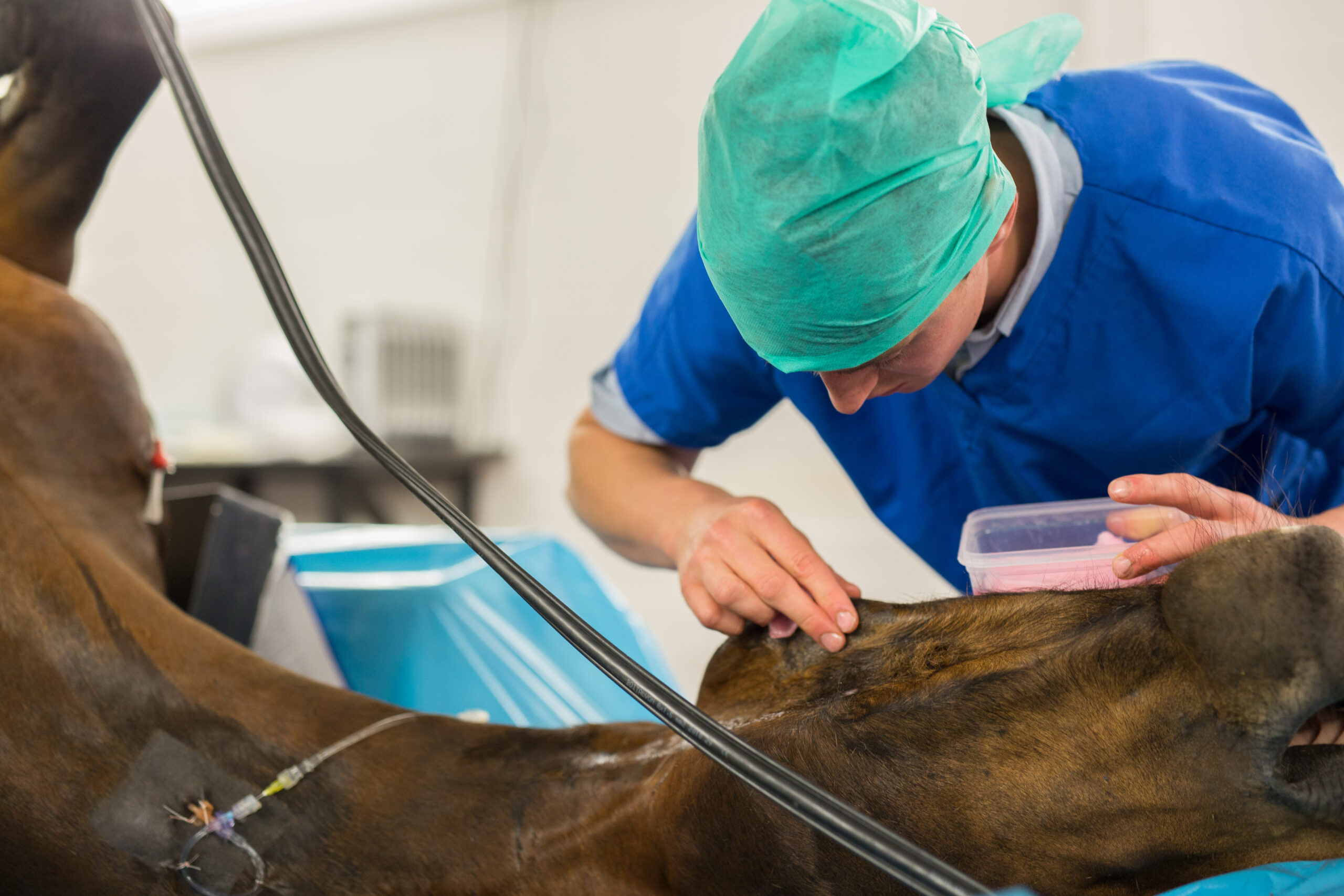The Role of Technology in Horse Health

Technology has revolutionized many aspects of veterinary care, and horse health is no exception. From diagnostics to treatment and ongoing management, technological advancements have significantly improved the way we care for horses, ensuring better health outcomes and enhanced performance.
Key Technologies in Equine Health

| Technology | Description | Benefits |
|---|---|---|
| Wearable Devices | Sensors and trackers that monitor vital signs, movement, and behavior. | Early detection of health issues, injury prevention, performance tracking |
| Diagnostic Imaging | Advanced imaging techniques like ultrasound, MRI, and digital X-rays. | Accurate diagnosis of injuries and diseases, non-invasive assessment |
| Telemedicine | Remote consultations and monitoring through digital platforms. | Access to specialists, timely advice, reduced stress for horses |
| Automated Feeding Systems | Technology that controls diet and feeding schedules precisely. | Optimized nutrition, prevention of overfeeding or underfeeding |
How Technology Enhances Horse Health
- Early Detection and Prevention: Wearable devices can alert owners and vets to subtle changes in a horse’s vital signs or gait, allowing for early intervention before minor issues become serious.
- Improved Diagnostics: Imaging technologies provide detailed views of soft tissues and bones, enabling precise diagnosis and tailored treatment plans.
- Remote Care: Telemedicine allows for expert consultations without the need to transport horses, reducing stress and enabling faster decision-making.
- Nutrition Management: Automated feeding systems ensure horses receive the right amount and type of feed, supporting optimal health and performance.
Frequently Asked Questions (FAQ)
Q1: How do wearable devices help in monitoring horse health?
A1: They continuously track parameters like heart rate, temperature, and activity levels, providing real-time data that can indicate health problems early.
Q2: Can telemedicine replace in-person veterinary visits?
A2: While telemedicine is a valuable tool for consultations and follow-ups, it complements rather than replaces hands-on veterinary care.
Q3: What are the benefits of diagnostic imaging for horses?
A3: It allows vets to see inside the horse’s body non-invasively, leading to more accurate diagnoses and better treatment outcomes.
Q4: How does technology improve feeding practices?
A4: Automated systems tailor feeding schedules and portions to individual horses, preventing nutritional imbalances.
Conclusion
The integration of technology in horse health management is transforming equine care. By leveraging these tools, owners and veterinarians can ensure horses live healthier, happier, and more productive lives.
